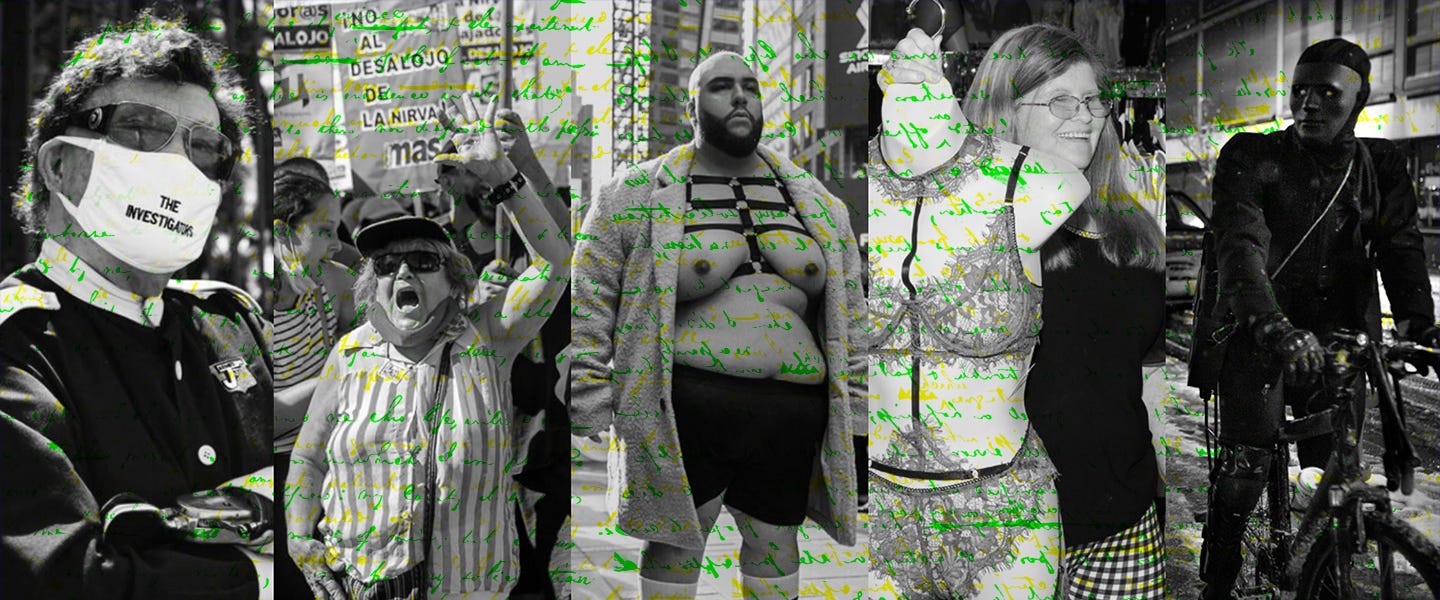How Journalists Get Their Profile Subjects to Open Up
Seven Narratively writers lift the curtain on what measures they take to get their subjects to trust them, from coming prepared to being fully present to really listening.

Having recently launched our first-ever Profile Prize (!), we’ve been thinking about profile stories a lot lately. In the first piece of this three-part how-to series, we started at the very beginning and shared how the authors of some of our favorite Narratively profiles found their subjects. For part two, we picked the brains of those same seven writers about what comes next. In other words, once you’ve chosen your subject, how do you get them to agree to actually chat with you? And once you do get a yes, what can you do to make them feel comfortable enough that they share real, meaningful information about themselves? Keep reading to hear what these intrepid writers had to say.
Keep reading with a 7-day free trial
Subscribe to Narratively to keep reading this post and get 7 days of free access to the full post archives.




